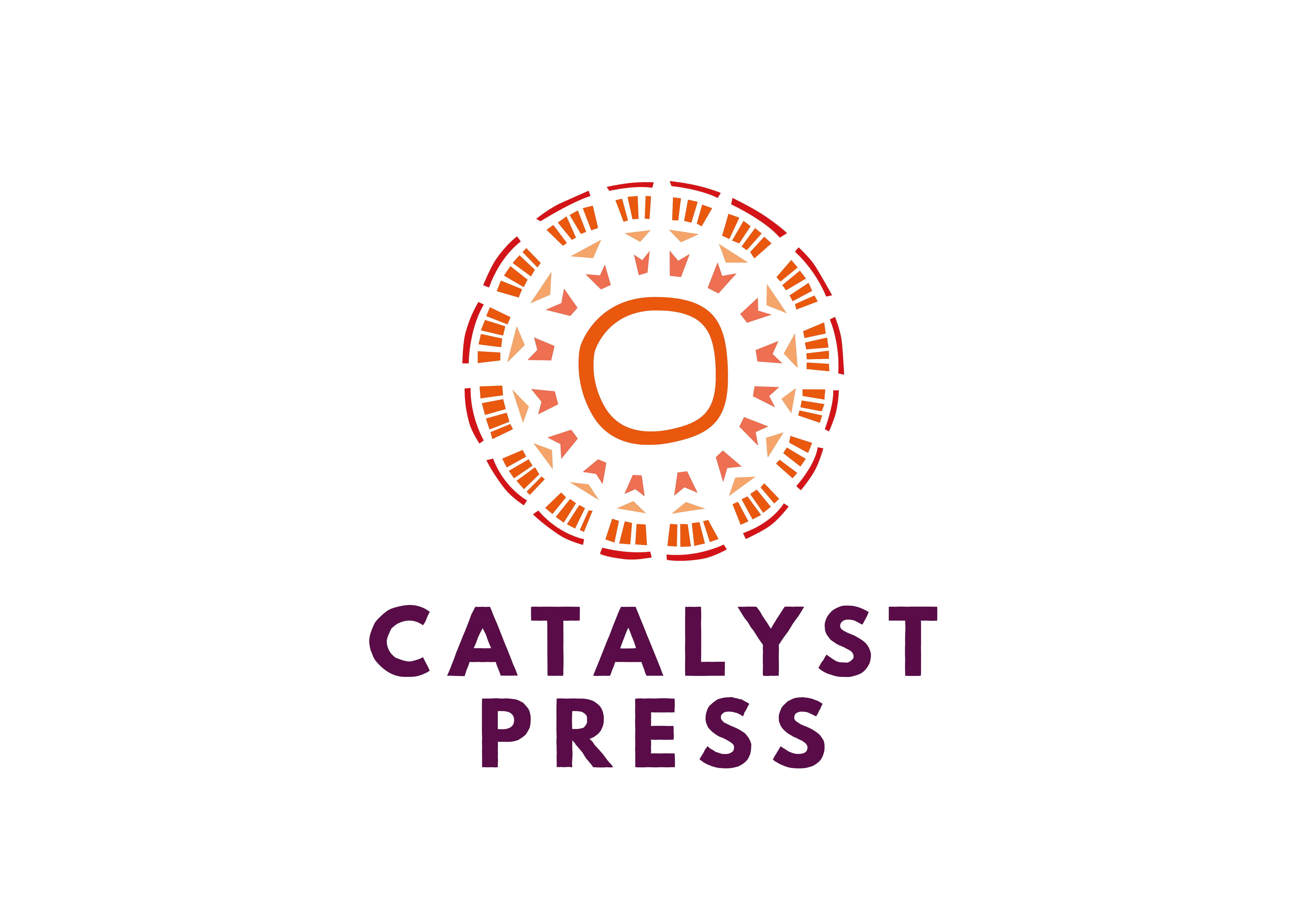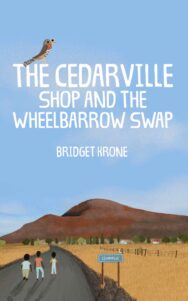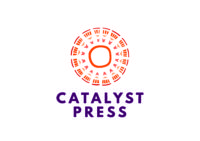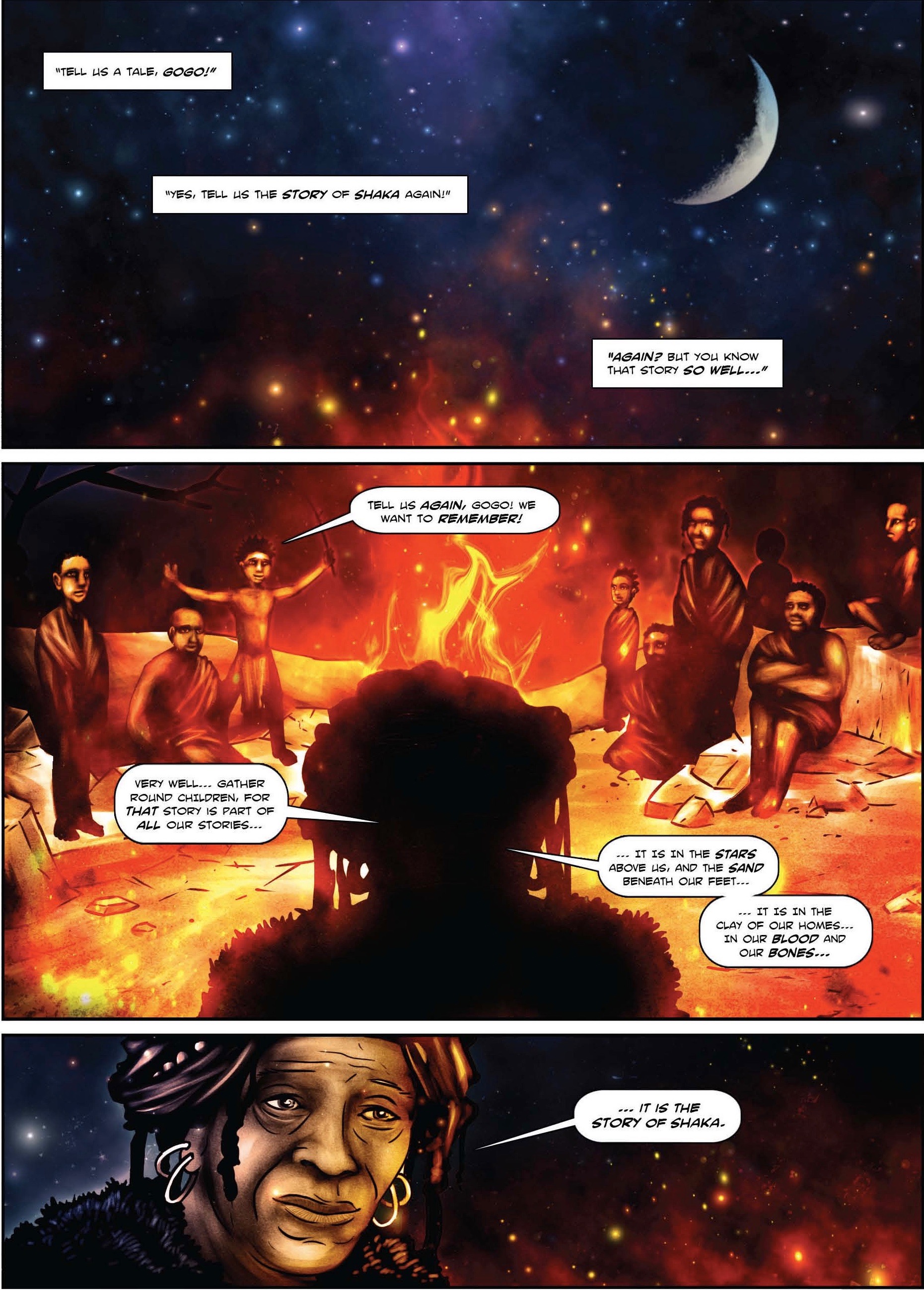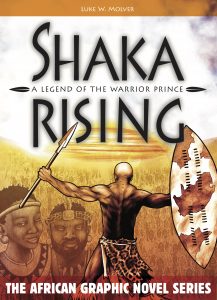We’re thrilled with the reception that Bridget Krone’s newest middle-grade novel, The Cedarville Shop and the Wheelbarrow Shop has been getting since it was released in South Africa! Not only is it great to see a local author being supported (nearly 100 people turned out for Bridget’s book launch!), it’s validating to see that people are hungry for stories that reflect their home, their lives, and their experiences. In 1990, educator Rudine Sims Bishop published her groundbreaking essay “Mirrors, Windows, and Sliding Glass Doors,” which spoke to the idea of books being a tool for empathy, understanding, and confidence:
Books are sometimes windows, offering views of worlds that may be real or imagined, familiar or strange. These windows are also sliding glass doors, and readers have only to walk through in imagination to become part of whatever world has been created and recreated by the author. When lighting conditions are just right, however, a window can also be a mirror. Literature transforms human experience and reflects it back to us, and in that reflection we can see our own lives and experiences as part of the larger human experience. Reading, then, becomes a means of self-affirmation, and readers often seek their mirrors in books.
That’s been something we’ve always looked toward in our children’s books, and Cedarville is another great addition. The novel, set in the small, impoverished village of Cedarville, centers on 12-year-old Boipelo Seku. When he reads an article about a Canadian man who, starting with a paperclip, makes trade-after-trade until he gets a house, Boi thinks that this might be a way to do the same for his own family. He hatches his own trading plan starting with a tiny clay cow he molded from river mud. Trade by trade, Boi and his best friend Potso discover that even though Cedarville lacks so many of the things that made the paperclip trade possible, it is fuller than either of them ever imagined.
Continue reading “Teaching Guides for The Cedarville Shop & the Wheelbarrow Swap”